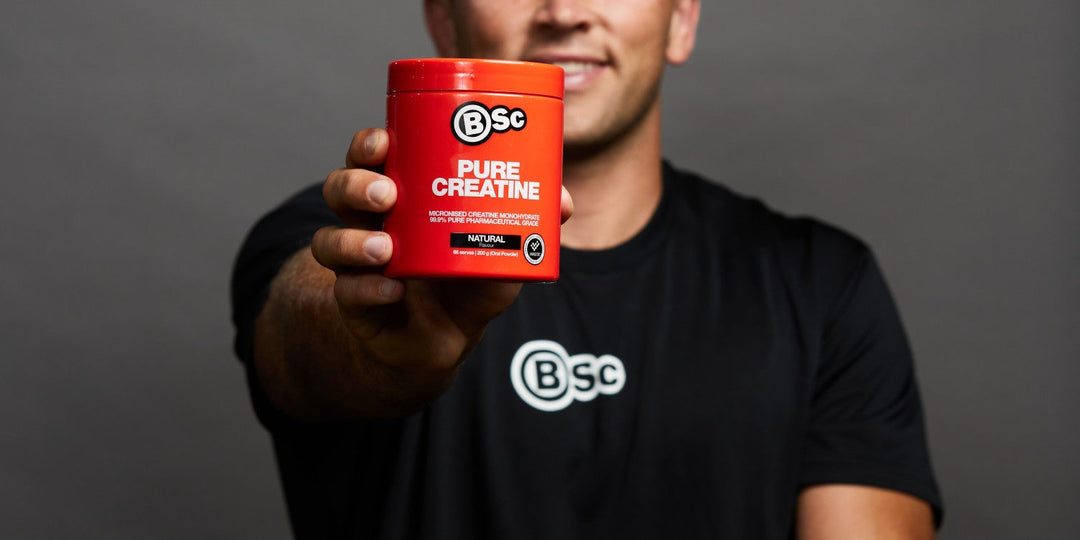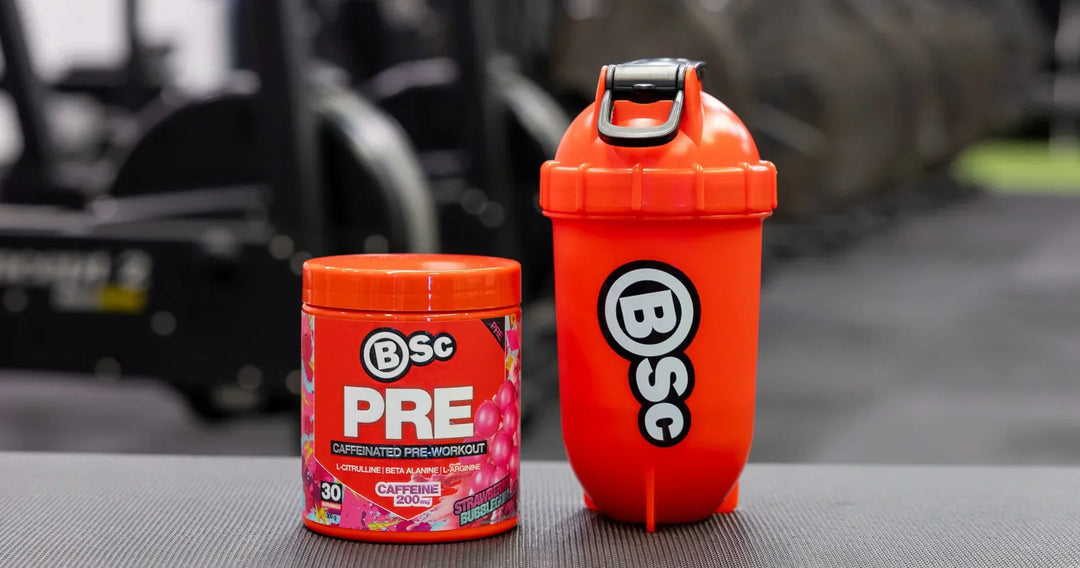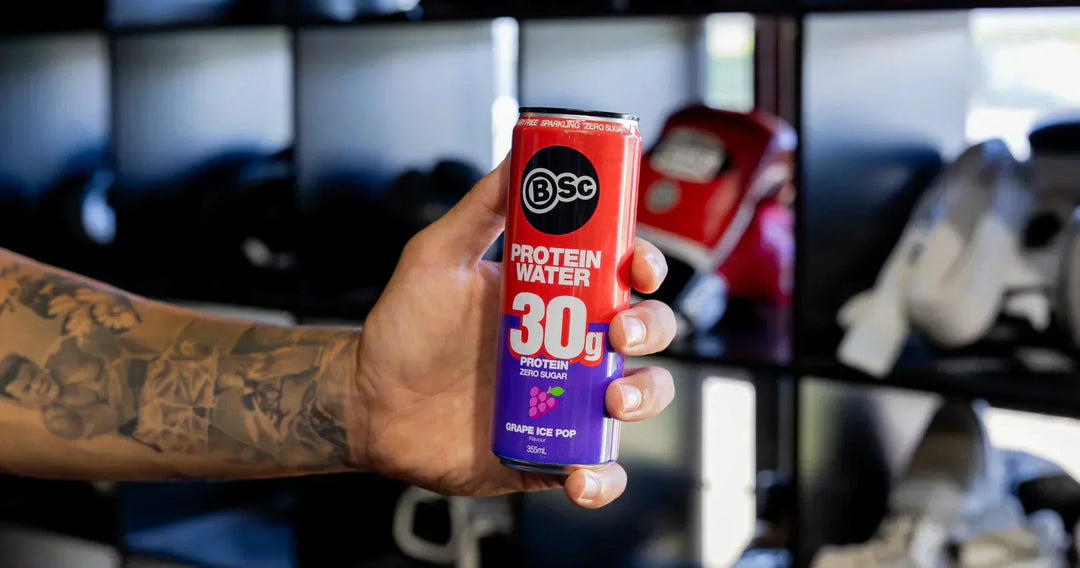Lovell, D.I., Mason, D.G., Delphinus, E.M. & McLellan, C.P. (2011). Do Compression Garments Enhance the Active Recovery Process after High-Intensity Running? Journal of Strength and Conditioning Research, 25(12):3264-3268. Rationale for Study. • Predominance of research associated with physiological implications of compression garments incorporated single effort endurance exercise. • Few studies have considered the role of compression garments during or following repeated high intensity exercise that is characteristic of team sport performance, multiple event type sports or in the case of the average person circuit or interval training. • Most studies have examined compression garments from the perspective of performance enhancement properties rather than as a recovery modality following repeated high intensity exercise. • The goal of the present study was to examine the effect of wearing lower limb athletic long compression garments during and after repeated high intensity exercise to determine the impact of the garments on recovery.

Study methods for background purposes
26 Semi-Professional (Qld Cup) Rugby League players (active males 21yrs +/- 2.5yrs. • Pre-study VO2max test done to enable running intensity to be determined during the actual testing protocol. • 30min Interval running protocol performed by each player 1 x wearing compression and 1 x without compression. • Treadmill running protocol: 1. 5 min Walk 6km/hr (Warm Up) 2. 5 min Run 10km/hr (Moderate intensity run) 3. 5 min Run 85% VO2max (high intensity) 4. 5 min Walk 6km/hr (Recovery phase) 5. 5 min Run 85% VO2max (high intensity) 6. 5 min Walk 6km/hr (Final Recovery Phase) • Physiological tests: 1. Heart rate 2. Blood lactate 3. Blood pH 4. VO2 (oxygen consumption) 5. Respiratory exchange ratio (ratio of oxygen breathed in and CO2 breathed out each breath – indicates fuel being used during exercise ie: carbohydrate or fat. An RER of 0.70 indicates that fat is the predominant fuel source, RER of 0.85 suggests a mix of fat and carbohydrates, and a value of 1.00 or above is indicative of carbohydrate being the predominant fuel source. Naturally in this study, the players were using carbs for fuel.
Results
After 10km/hr running stage RER was higher and Lactate lower wearing compression garment • After both of the high intensity running (85%VO2max) stages RER was higher when wearing compression garments. • After both of the 5min walking recovery stages at 6km/hr HR and Lactate were lower wearing the compression garments. What this means: • Increased RER suggests improved lactate buffering capacity wearing the garments. In basic terms, this means that greater removal of CO2 from lactate buffering = greater exercise capacity and faster recovery. These findings weren’t statistically significant though so we need to do more in this area to substantiate this effect. • Lower lactate during the 5 min walking recovery phases between the 85%Vo2max running indicates the compression garments assisted the active recovery process. o The likely mechanism is the compression garments assisted with skeletal muscle pump from the lower limbs to facilitate the return of blood from the lower extremities increased intramuscular pressure. o Targeted and graded compression characteristics of BSc garment likely associated with assisting with the muscle pump and also the return of muscle by-products of exercise (lactate) back into the circulation and therefore removed from the muscle. o Accelerated removal of waste products from the muscle = increased ability to undertake additional subsequent exercise and therefore faster recovery between exercise bouts when doing repeated exercise programs. • Lower HR during the 5 min walking recovery phases between the 85%VO2max running indicates compression garments again augmented the peripheral muscle pump to increase venous return. o Again, increased venous return and enhanced blood flow in the extremities led to reduced HR during the recovery process = faster recovery.
Implications of Results
Reduced lactate and HR during the recovery phases between high-intensity running indicates faster recovery post-exercise. • Faster removal of lactate and muscle waste products between high-intensity exercise bouts = better ability to perform a subsequent exercise. • In sports that involved repeated high-intensity efforts, or for people doing circuit or interval training the results of this study mean that they will recover faster between their exercise efforts and therefore will be able to do more of the high-intensity exercise bouts because they will have recovered faster from the previous set of exercise. • In repeated high-intensity sports or exercise the results of this study indicate that over the course of say 10 x 5 min running efforts they will be able to perform at a higher intensity for longer and experience less fatigue in subsequent exercise bouts. In simple terms, faster recovery between exercise bouts = start the next exercise bout less fatigued so they will be able to do more before they become fatigued.
Not all compression garments are the same. The results of this study are specific to the targeted and graduated compression characteristics of the BSc garments only. The results of this study do not reflect the likely results when wearing any other brand of compression garment. BSc lower limb compression scientifically is proven to improve recovery following high-intensity exercise. In the simplest of terms, the BSc compression led to faster clearance of muscle waste products following the high-intensity exercise leading to more rapid recovery and an improved ability to perform subsequent exercise.





